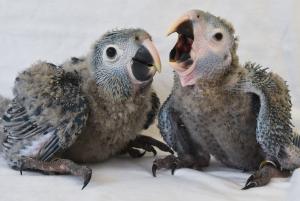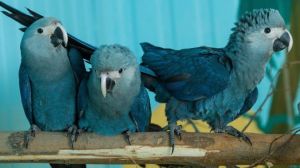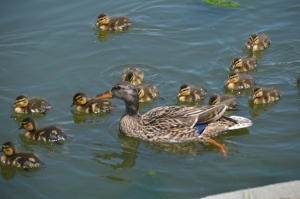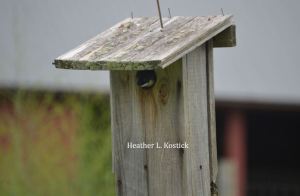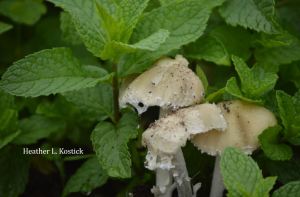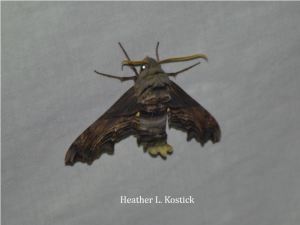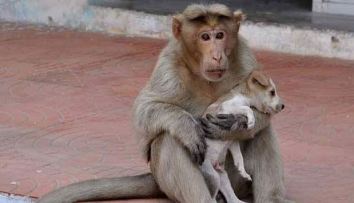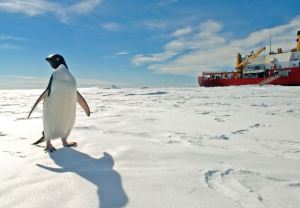Just because it’s winter in the northeastern US, doesn’t mean you can’t go birding; and honestly with the mild winter weather, there’s no excuse! Plenty of species are around this time of year that normally are not. We get our own mix of migrants during the winter that range from the Snowy Owl to Snow Buntings and southern or western residents that somehow got mixed up in their migratory trajectory. eBird is a great place to go see your local hotspots and find those wayward birds that could be a lifer for you.

A favorite bird to go looking for is the Snowy Owl, and with good reason. This striking bird breeds and mostly lives up north in the frozen tundra, but in the winter, they sometimes come farther south and give us an opportunity to observe this elegant species. I saw a Snowy Owl once a couple of years back. My significant other and I were on the way to a concert driving on one of the country’s busiest thoroughfares, I-95, when the owl flew in front of/above our car and over the highway to the other side of John Heinz Wildlife Refuge. It was quite exciting, and frustrating because sometimes your lifer does not happen when it’s convenient.

However, there are some places where your lifer comes out en masse. A great place to see tens of thousands of Snow Geese is Middle Creek Wildlife Management Area starting in mid-February and lasting until about mid-March. It seems this year, the migration has started a little early, but with the mild weather, the trip to Lancaster County should be a breeze! There’s nothing quite like the sight or sound of seeing tens of thousands of geese moving around.
So, what are you waiting for? Get outside and bird! With the Great Backyard Bird Count coming up, there’s an extra excuse to get outside!

